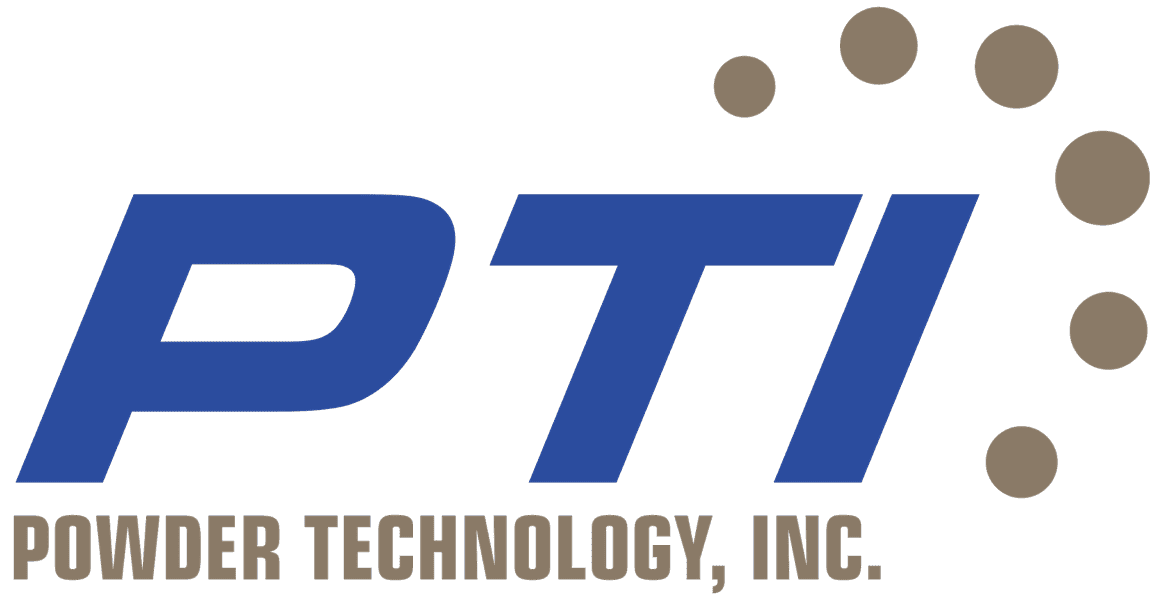CHALLENGE
PTI received an opportunity to process a high-density crystalline material that several other processors had attempted and failed to process to the correct particle size with an acceptable yield. Due to customer proprietary status, we cannot disclose the type of material.
The raw material was provided in blocks of approximately 10-15 lb. each. The customer requested a finished product particle size of minus 100 mesh (150 micron) plus 270 mesh (53 micron).
SOLUTION
PTI’s approach is a multistage process involving more than one type of mill. Step one is to reduce the large blocks of feedstock to minus 20 millimeter size using a jaw crusher. The jaw-crushed material is further reduced to minus 3 millimeter size, using a hammer mill fitted with boron hard faced hammers. The hammer-milled material is subsequently passed through an opposed-jet mill with an integral vane type classifier further reducing particle size to approximately 80% minus 100 mesh. In the next stage, jet milled material is passed through a vibratory screen, producing three fractions including undersized fines, product to size, and oversized coarse material.
Finally, the oversized coarse fraction is re-milled and screened to produce additional product at the target size. This multi-step process is a custom approach in size reduction for a particular customer with a challenging material. Many materials processed by PTI require a complex sequence of procedures in order to achieve the highest product yields.
PTI RESOLUTION AND COMMITMENT TO PROCESS ANALYSIS
Following is a sequence of solutions used to improve product yield during subsequent processing runs of the above material.
- While the initial approach produced quality product within customer size specifications, the processes generated a large amount of unusable fines resulting in a relatively poor product yield of approximately 40% of the material received.
- A second method of sizing involved widening the gap in the jaw crusher, therefore producing fewer fines at this stage. We determined the optimal gap setting through a series of test runs in order to minimize undersize fines. Milling pressure was also reduced by 45% in the jet mill, lowering the energy level applied to the milling chamber, causing less fragmentation of fine particles. This second approach reduced fines formation significantly and improved product yield to 54% of material received.
- A third approach involved replacement of the jet-mill secondary or strip air blower in order to boost airflow through the mill classification zone. This improvement increased classification efficiency (of high density materials) and ultimately increased product yield to 60% of material received. We continue to process this material, making additional process modifications to enhance product yield.
- The approach we have taken to optimize this customer’s product, while being unique to this material, is how PTI approaches all of our customers’ materials to achieve the desired product at the maximum yield.





